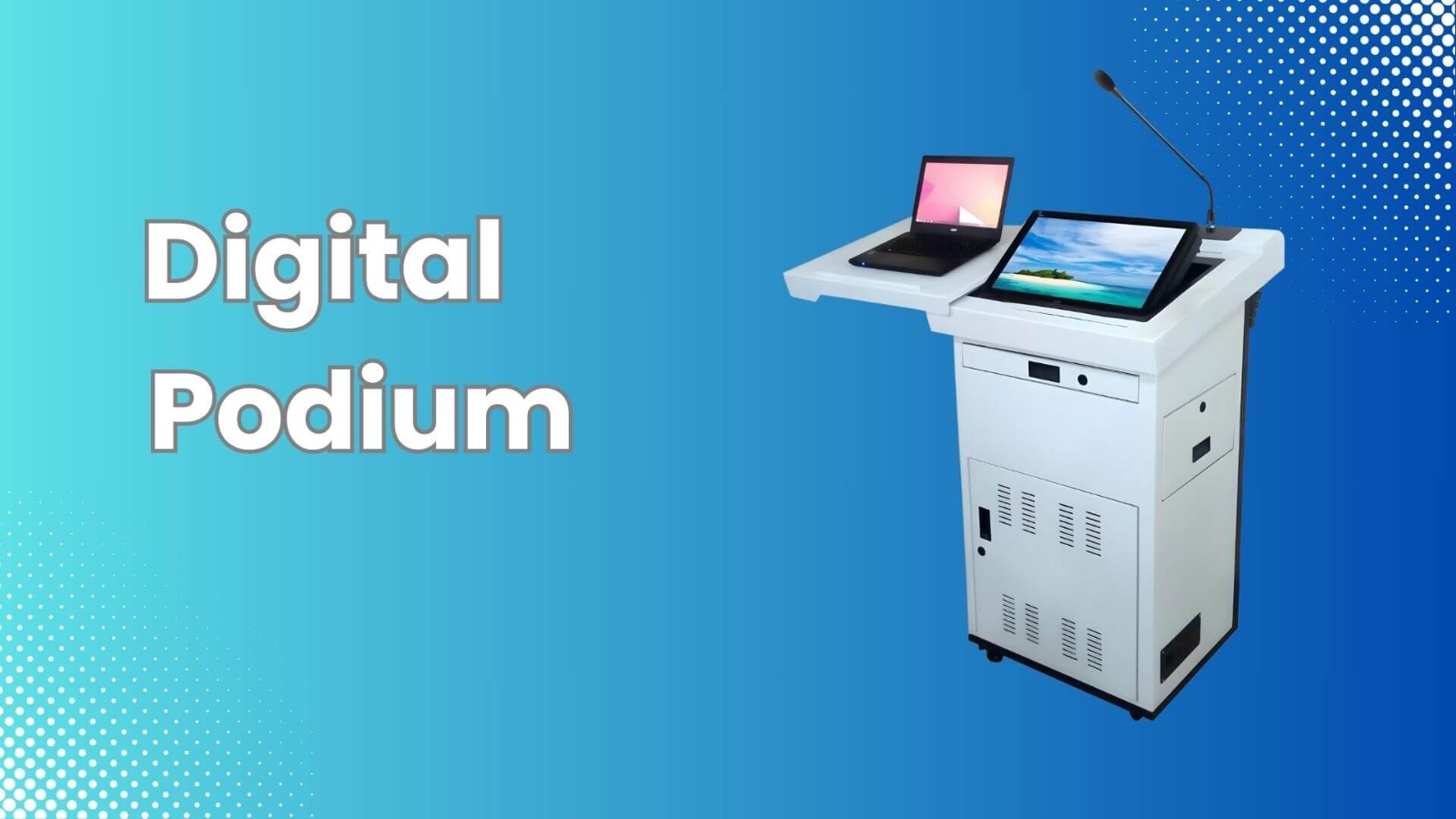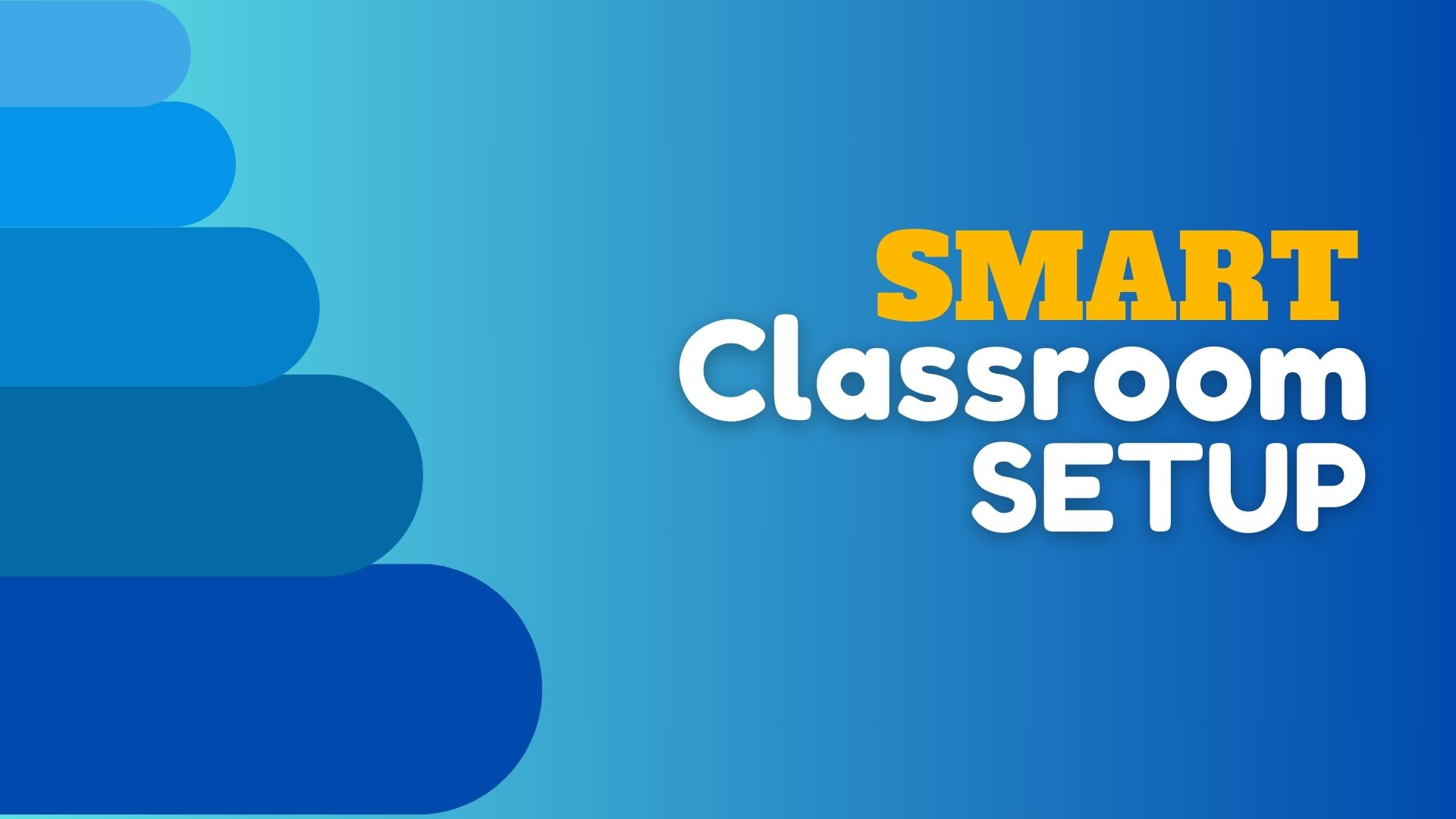
What is a Digital Podium?
A Digital Podium, also known as an Electronic Lectern, plays a crucial role in seminar halls, conference rooms, lecture halls, schools, and colleges. This is a cutting-edge presentation tool that combines modern technology with the traditional concept of a podium. It is very effective and gives a unique experience in educational institutions, conference rooms, and […]







